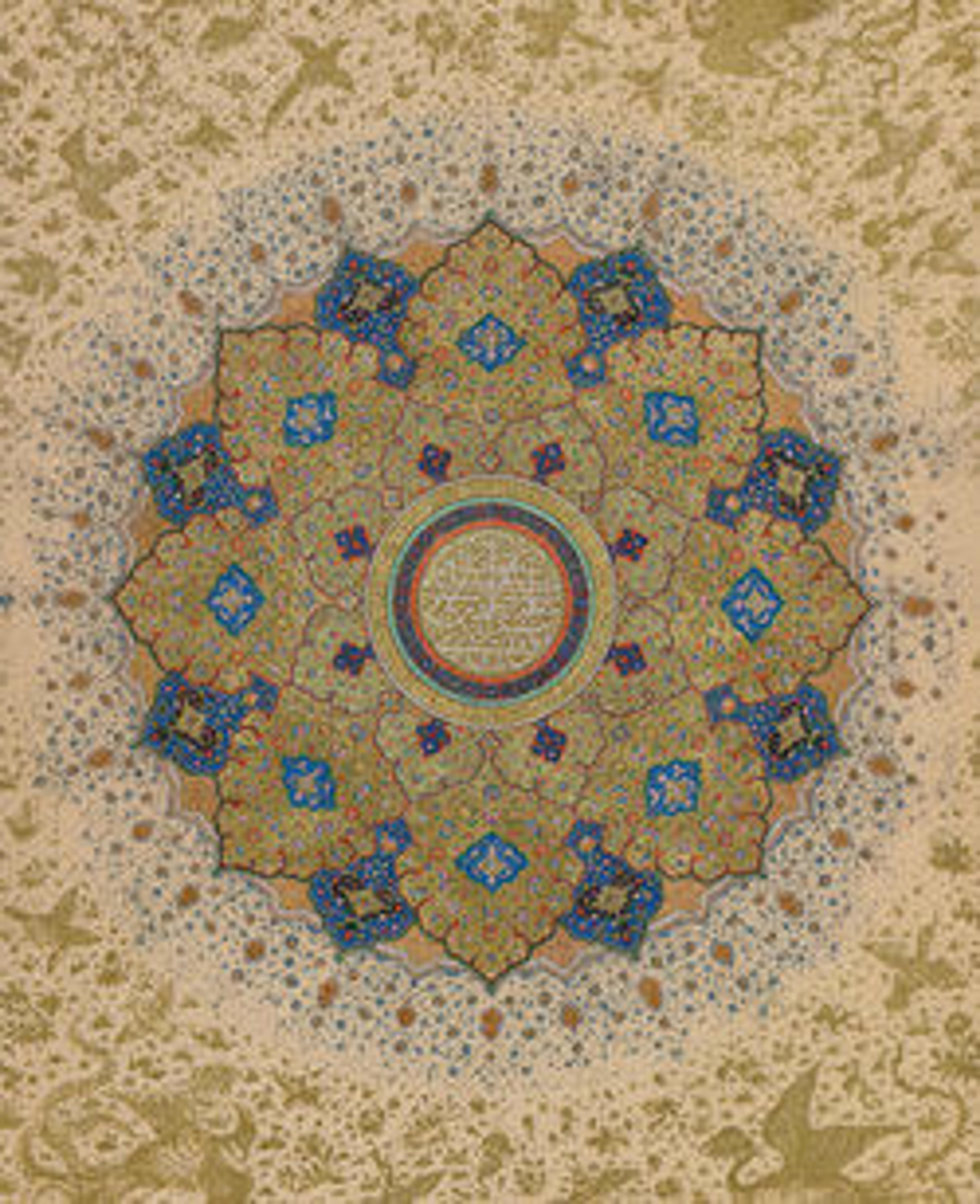High-Tin Bronze Bowl
High‑tin bronze was an alternative to silver, appreciated for its bright surface, resonant quality, and resistance to bronze disease. This piece belongs to a group of hemispherical footless bowls produced in the Ghaznavid period.
Artwork Details
- Title: High-Tin Bronze Bowl
- Date: 12th century
- Geography: Attributed to present-day Afghanistan
- Medium: High-tin bronze; cast, chased, punched, engraved
- Dimensions: H. 7 1/16 in. (17.9 cm)
Diam. 1 9/16 in. (4 cm) - Classification: Metal
- Credit Line: Louis E. and Theresa S. Seley Purchase Fund for Islamic Art and Rogers Fund, 2000
- Object Number: 2000.57
- Curatorial Department: Islamic Art
More Artwork
Research Resources
The Met provides unparalleled resources for research and welcomes an international community of students and scholars. The Met's Open Access API is where creators and researchers can connect to the The Met collection. Open Access data and public domain images are available for unrestricted commercial and noncommercial use without permission or fee.
To request images under copyright and other restrictions, please use this Image Request form.
Feedback
We continue to research and examine historical and cultural context for objects in The Met collection. If you have comments or questions about this object record, please contact us using the form below. The Museum looks forward to receiving your comments.
